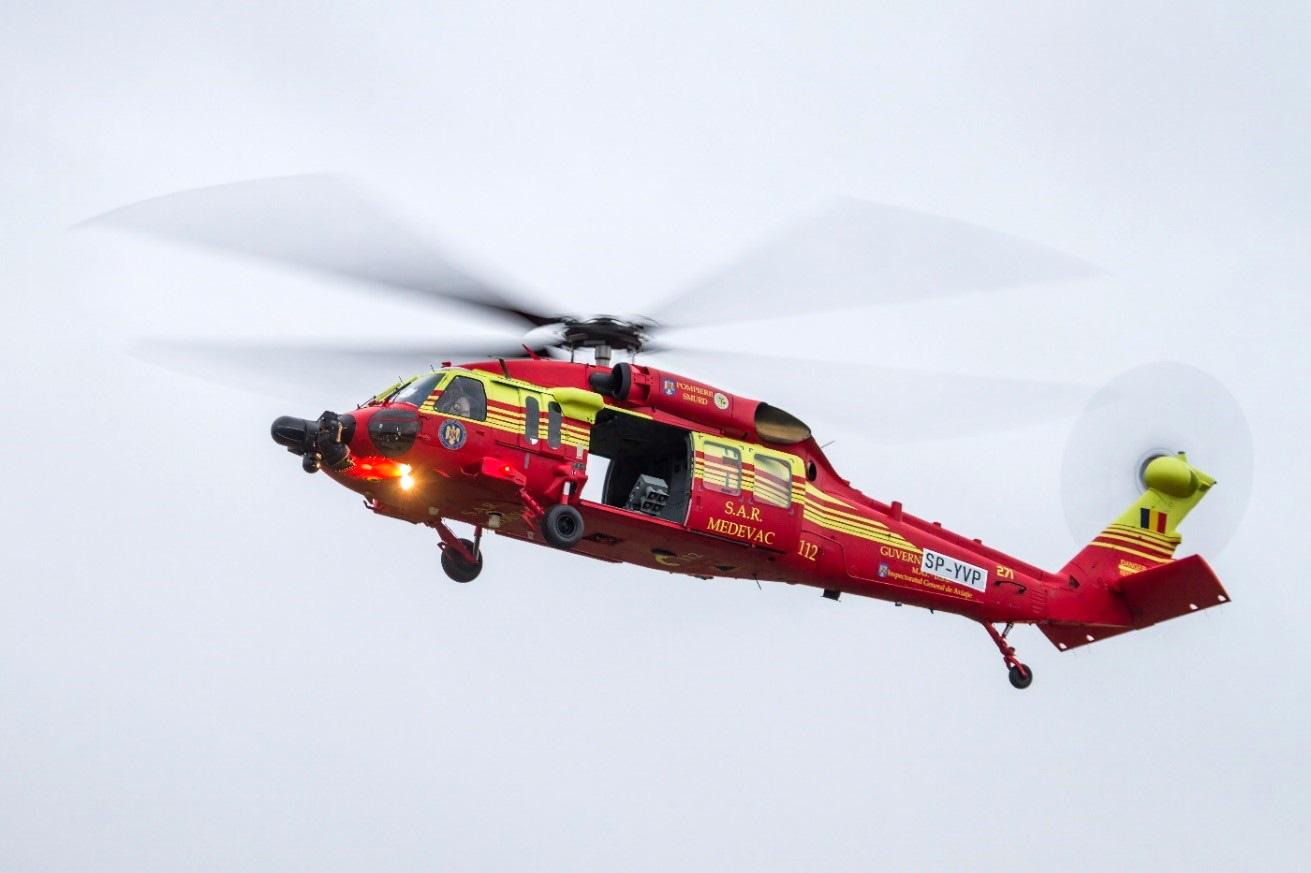Modernized Vertical Lift Platform With Advanced Composite Frameworks and Enhanced Safety Procedures
In the realm of vertical lift systems, a considerable shift towards modernization has been observed, driven by the combination of innovative composite structures and heightened safety and security measures. In discovering the convergence of innovation and safety and security in contemporary lift platforms, an engaging story emerges, showcasing the capacity for transformative improvements that provide to the ever-evolving demands of industrial industries.
Evolution of Vertical Lift Systems

The evolution of upright lift platforms can be mapped back to basic sheave systems and very early elevator styles. Gradually, developments such as hydraulic systems, electric motors, and progressed control devices have actually greatly improved the effectiveness and security of these systems. Producers have actually also concentrated on enhancing the security, reach, and load-bearing capabilities of vertical lift platforms to fulfill the diverse requirements of different industries.
Furthermore, the assimilation of wise technologies like sensors, IoT connectivity, and automation features has further changed the capacities of contemporary vertical lift platforms. These technical improvements not only boost functional productivity but additionally guarantee heightened safety and security requirements for employees using these platforms at various elevations. The continual advancement of vertical lift platforms highlights their important function in enhancing upright mobility throughout industries.
Integration of Advanced Composite Frameworks

Furthermore, making use of advanced composite materials allows for even more complex and enhanced architectural designs, making it possible for designers to customize the platform's buildings to satisfy specific performance demands. This modification can cause enhanced aerodynamics, decreased vibrations, and enhanced general safety and security throughout procedure. The integration of advanced composite structures likewise adds to a reduction in upkeep prices and downtime, as these products display exceptional resistance to ecological factors and have a longer service life compared to traditional materials. Overall, the unification of advanced composite frameworks in modern upright lift platforms represents a substantial development in aerospace innovation, leading to a lot more effective, trustworthy, and safer airborne transport systems.
Boosted Precaution Implementation
Executing improved safety and security steps is essential in making sure the ideal efficiency and dependability of modern helpful hints upright lift systems. These procedures encompass a variety of approaches focused on mitigating risks and boosting overall safety and security criteria. One key aspect of boosted safety and security actions is the combination of innovative sensing unit technologies to keep an eye on numerous parameters in real-time. By using sensing units for functions such as architectural health and wellness tracking, lots tracking, and environmental sensing, possible risks can be determined early, enabling proactive upkeep and restorative actions.

Sector Applications and Benefits
With developments in modern technology and engineering, improved vertical lift systems have actually located varied applications throughout different markets, supplying considerable benefits in performance and productivity. The building sector benefits from vertical lift platforms by enabling employees to access elevated areas safely and efficiently, improving general project timelines.
In addition, upright lift systems play an essential role in the repair and maintenance of facilities such as bridges, power lines, and structures, allowing specialists to reach hard to reach areas easily (sikorsky s 70). The air travel sector also leverages these systems for airplane maintenance and assembly tasks, improving workflow effectiveness and guaranteeing worker safety and security at heights. Generally, the widespread fostering of up-to-date vertical lift systems throughout markets highlights their adaptability and the considerable renovations they give various procedures
Future Trends in Lift Platform Modern Technology
Including advanced automation and intelligent functions, lift platform innovation find here is poised to reinvent upright transportation systems in the close to future. One essential trend is the assimilation of Web of Things (IoT) modern technology, making it possible for lift systems to communicate real-time data for anticipating upkeep, enhancing performance, and enhancing security. As lift platform technology continues to develop, these trends are established to shape the future of vertical transportation, making it much more reliable, safe, and user-friendly.
Conclusion
In verdict, the modernized upright lift platform showcases the evolution of innovation in the sector. By incorporating innovative this content composite frameworks and improved security measures, this platform offers enhanced performance and safety for numerous applications. The market can profit considerably from these developments, and future trends in lift system innovation are likely to proceed improving upon these advancements for also greater success and effectiveness.
In the realm of vertical lift platforms, a considerable change in the direction of innovation has actually been observed, driven by the assimilation of innovative composite frameworks and enhanced security procedures. The continual evolution of vertical lift systems underscores their essential duty in enhancing upright movement across markets.

The unification of innovative composite frameworks in modern upright lift systems has significantly boosted their structural stability and efficiency capabilities. By integrating these advanced compounds right into the layout and building and construction of vertical lift systems, makers can decrease overall weight, increase load-carrying capacity, and enhance the platform's sturdiness and durability.
Carrying out improved security procedures is imperative in guaranteeing the optimal efficiency and integrity of modern-day vertical lift platforms.